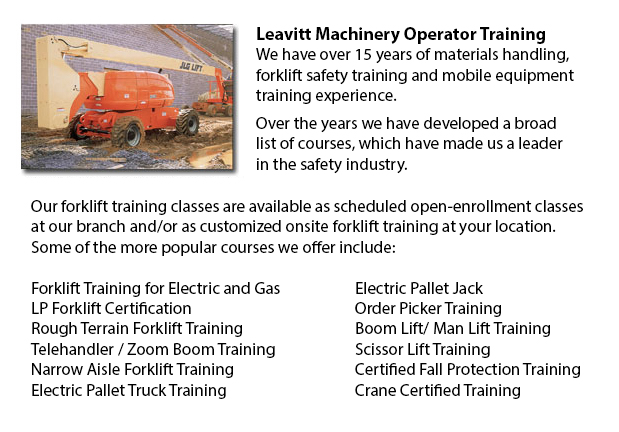
Aerial Lift Certification Avondale - Aerial Lift Certification is for individuals who requires an in-depth understanding of aerial lift safety. Operators and inspectors, construction craftsmen, supervisors and maintenance workers have to perform a training and certificate program. Provincial, state and federal regulations need businesses to be certified to be able to perform in-house aerial lift inspections.
Most workers who are needed to work at elevated level would normally utilize the same means to get to these required heights, regardless of the type of work that needs to be performed. Scissor lifts and aerial lifts are the mechanized devices made use of in order to lift employees and equipment to elevated sites.
Bucket trucks referred to as Cherry Pickers are aerial platforms that feature a bucket and supported boom. The main danger to making use of this particular type of platform is normally electrocutions, tip-overs and falls. Certification ensures that workers who make use of aerial lifts are properly trained in order to operate the machine safely. Training also makes certain that workers know how to maintain aerial work platforms based on the manufacturer's directions.
Training includes the following lifts: Vehicle-mounted aerial lifts, Boom-supported scissor lifts and aerial lifts. Trainees would gain an understanding of the causes and results of aerial lift incidents, and will learn safe operating procedures. They will become technically competent in the various kinds of aerial lifts, as well as components and terminology. From choosing the best aerial lift for the job to interpreting rated capacity charts, the certification program would provide employees with everything they should know to safely perform their work.
People who are assigned the job of checking aerial lift machines have to know how to inspect booms, gears, operating mechanisms, structural components, control systems and functions, power plants, braking systems, attachments, shafts and pins, hydraulic, pneumatic and electric components, emergency safety devices and operator aids, and so forth. Training will consist of the following: the role of the inspector in reducing liability exposure and accidents; how to perform a pre-use, annual and monthly inspection; how to write inspection reports; how to apply and interpret regulations about aerial lift safety standards; checklists and techniques; inspection procedures; complying with record keeping requirements; applying and understanding the three levels of aerial lift inspection; and when to remove defective aerial lifts from service.
-
Forklift Certification Courses Avondale
Forklift Certification Courses Avondale - Forklift certification courses really help to be able to make sure that companies using forklifts, follow the local and regional rules. The drivers of the forklift need to go through forklift certification pr... More -
Manlift Certification Avondale
Manlift Certification Avondale - The Elevated Platforms and Manlifts Certification course helps to provide the required training on the work practices, safe operating procedures, rules and regulations regarding the daily activities for the operators... More -
Manlift Operator Training Avondale
Manlift Operator Training Avondale - The aerial lift or manlift is a specialized type of hydraulic platform that is intended to hoist a person vertically giving it an alternate name of a vertical personnel lift. These machinery are widely used for a... More -
Telescopic Training Avondale
Telescopic Training Avondale - Telescopic Handlers are a type of forklift, normally called telehandlers. This machine has been increasing in popularity because of its greater lift heights and its versatility. It is often preferred over the convention... More -
Heavy Equipment Training Avondale
Heavy Equipment Training Avondale - The two most common types of heavy equipment training are classed into the categories of equipment; equipment that is fashioned with rubber tires or those with tracks. The tracked vehicle are heavy duty equipment l... More -
Aerial Lift Train the Trainer Avondale
Aerial Lift Train the Trainer Avondale - The Aerial Lifts Train the Trainer Certification Program would teach trainers how to efficiently train operators in safe industrial mobile equipment operation. Trainers are provided with in-depth instruction a... More -
Overhead Crane Safety Training Avondale
Overhead Crane Safety Training Avondale - The overhead crane safety training program is meant to equip the operators with the right knowledge and skills in the areas of: crane safety measures, accident avoidance, materials handling, and stock and equ... More -
Heavy Equipment Training Schools Avondale
Heavy Equipment Training Schools Avondale - When choosing an operator training course, there are numerous heavy equipment training schools to select from. In order to ascertain the qualifications you would attain, it is very important to check some a... More

Forklift Training Avondale
TOLL FREE: 1-888-254-6157
Avondale, Arizona
forkliftcertificationavondale.com
Email Us
About Us


